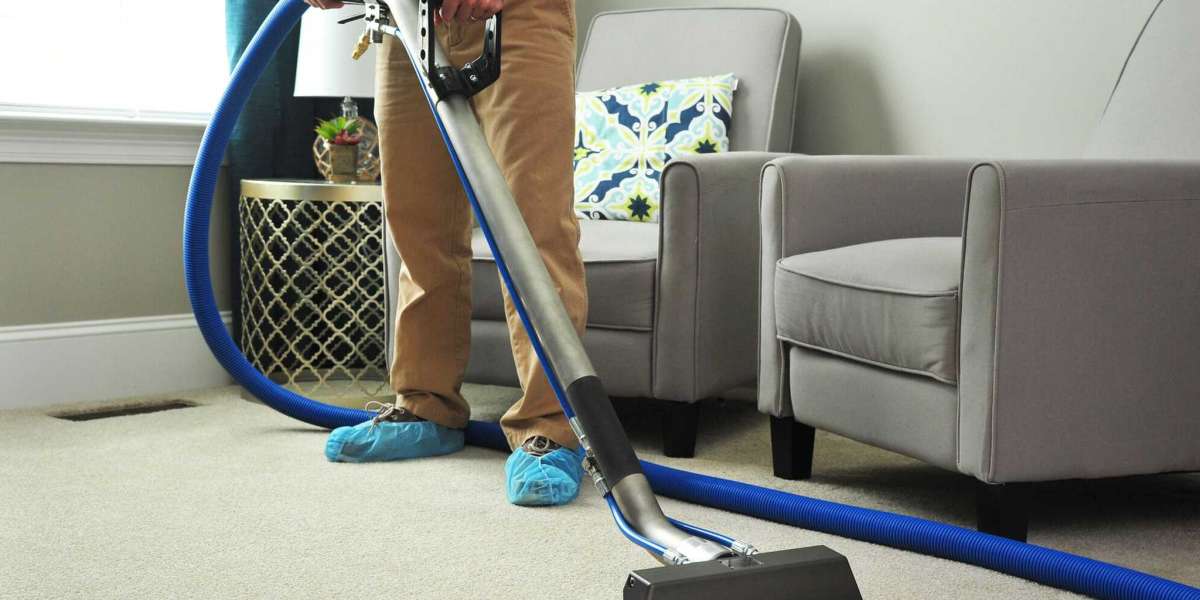Step into Bliss: Discover the Secret to Ultimate Walking Comfort!
Walking is one of the simplest yet most rewarding forms of exercise, offering numerous physical and mental health benefits. However, the experience can quickly turn from enjoyable to painful if you’re not wearing the right footwear. Comfortable shoes are essential for ensuring that each step you take enhances rather than hinders your enjoyment of walking. The right pair not only prevents discomfort and the risk of injury but also provides the support and cushioning your feet need. In this article, we will explore how to find the most comfortable shoes for walking, delving into the characteristics that contribute to their comfort, the various types available, how to ensure a proper fit, and tips for breaking them in to ensure a pleasant walking experience.

Understanding the Importance of Comfort in Walking Shoes
The comfort of walking shoes is paramount for anyone looking to maintain a healthy lifestyle. Several key factors contribute to the overall comfort of footwear. First and foremost is cushioning, which absorbs impact and reduces stress on your joints. A well-cushioned shoe can make a significant difference, especially on longer walks or uneven terrains. Support is another critical aspect; it ensures that your foot is properly aligned, which can prevent issues such as plantar fasciitis or shin splints. Breathability is equally important, as it helps keep your feet dry and cool, reducing the likelihood of blisters. Finally, fit is crucial; a shoe that is too tight or too loose can cause discomfort and lead to injuries. Understanding these elements will help you choose shoes that not only feel good but also promote foot health and enhance your walking performance.
Key Features to Look for in Comfortable Walking Shoes
When searching for comfortable walking shoes, there are several key features to consider. Arch support is essential, especially for individuals with high arches or flat feet, as it helps distribute weight evenly and provides stability. The toe box space is another critical feature; a spacious toe box allows your toes to move freely, reducing the risk of cramping and discomfort. Additionally, heel height can affect your walking style; shoes with a lower heel tend to promote a more natural gait. Weight is also a factor; lighter shoes can reduce fatigue and make walking more enjoyable. Depending on your walking style—whether you’re a casual walker or a more serious athlete—you may prioritize different features based on your foot type and walking needs. By focusing on these characteristics, you can find shoes that feel comfortable and support your walking habits.
Types of Walking Shoes for Different Activities
There are various types of walking shoes designed for specific activities, each offering unique features tailored to their intended use. Athletic shoes are great for brisk walking or jogging, offering ample cushioning and support. Casual walking shoes, on the other hand, are designed for everyday wear, combining style with comfort for those leisurely strolls around town. If you enjoy hiking, specialized footwear will provide additional traction and support for uneven terrains. It’s important to choose the right type based on your personal activity level and the environments in which you’ll be walking. Knowing when and how to select each type can make a significant difference in comfort and performance.
How to Properly Fit Your Walking Shoes
Finding the right fit is crucial for comfort and foot health. To start, measure your feet at the end of the day when they are most swollen. Ensure you measure both feet, as they can be different sizes. When trying on shoes, wear the same type of socks you plan to use while walking. Walk around the store to test the fit—there should be enough room to wiggle your toes without feeling cramped. Pay attention to any pressure points and ensure the heel fits snugly without slipping. It’s also wise to test the shoes on different surfaces if possible, as this can help you gauge their comfort level during movement. A proper fit will not only enhance your walking experience but also help prevent discomfort and injuries.
Tips for Breaking in New Walking Shoes
Breaking in new walking shoes is an essential step to ensure comfort and prevent blisters. Start by wearing your new shoes for short periods—perhaps around the house or on brief errands—to allow your feet to adjust to them gradually. Increase the duration slowly over several days, paying attention to how your feet feel. If you notice any discomfort, it’s a sign that you should ease up and give your feet more time to adapt. Listening to your body during this phase is crucial; pushing through discomfort can lead to blisters and soreness. By taking the time to break in your shoes properly, you can enjoy walking without the worry of pain or injury.
Enhancing Your Walking Experience with the Right Footwear
In summary, investing in a good pair of comfortable walking shoes can significantly enhance your walking experience and overall foot health. By understanding the importance of comfort and the key features to look for, you can make informed choices tailored to your specific needs. Whether you prefer athletic shoes, casual walking shoes, or specialized footwear for hiking, the right fit is essential. Remember to take the time to break in your new shoes properly to avoid discomfort. With the right approach, you’ll be well on your way to enjoying every step you take, walking with confidence and comfort.








